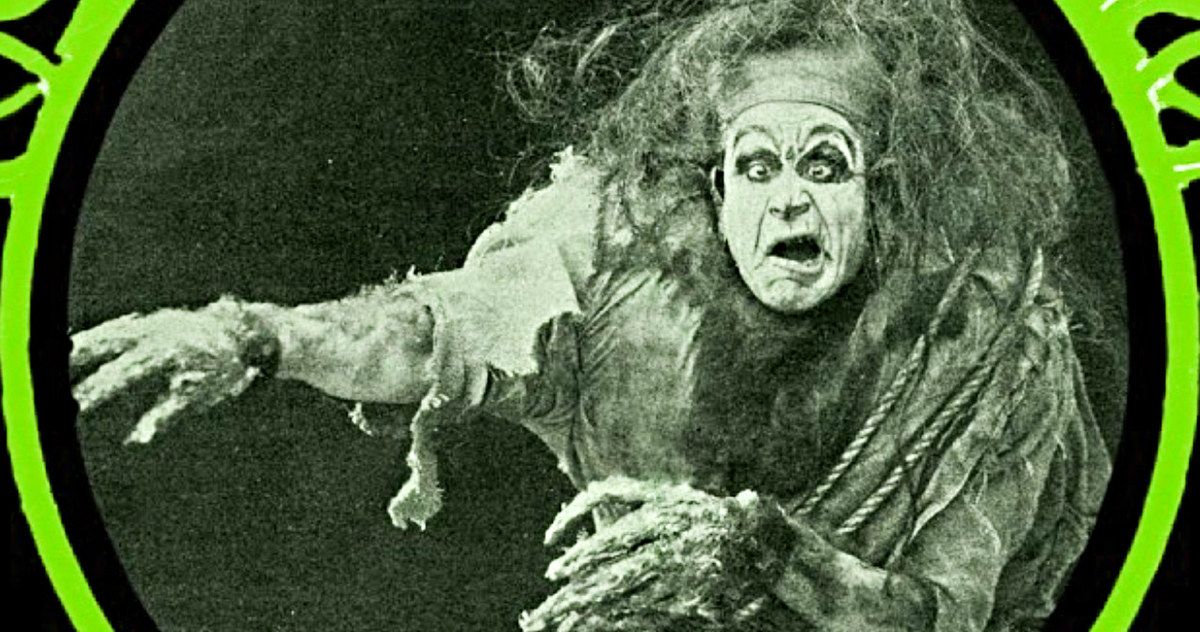The first adaptation of Mary Shelley's Frankenstein has been restored by the Library of Congress. The movie was filmed and released in 1910 under the direction of Searle Dawley for the Edison Manufacturing Company. James Whale's 1931 version Mary Shelley's iconic novel is the most famous, but it is not the first. The title card for Dawley's 1910 version calls it a "liberal adaptation," and a lot of work had to be done to get it cleaned up and looking as great as it does now.
The Library of Congress recently released their restored version of Searle Dawley's Frankenstein online, noting that the movie itself isn't that rare. Instead, Wendi Maloney, who wrote the blog post for the Library of Congress notes that the story behind the restoration and how the Library obtained their copy is the more interesting aspect. As it turns out, the Library of Congress unknowingly purchased the 13-minute adaptation in 2014 when it was included with several other movies.
The Library of Congress later found out that they had a nitrate print of Frankenstein, which had previously been owned by Alois F. Dettlaff, who acquired it in the 1950s and brought it around to film festivals for decades, which is why it's not all that rare. However, he would never sell or allow for his version of the movie to be restored for unknown reasons. As soon as the Library of Congress figured out what they had, they immediately began the 2K restoration process, which is what you can check out below. However, it wasn't as simple as it sounds, and not only because the film is over 100-years old either.
The Edison Historic Site in East Orange, New Jersey ended up becoming a huge help during the process. Once the Library of Congress put the film into the reels, they realized that the title sequence was missing. The Edison Historic Site was able to provide the title sequence, which the Library was able to easily drop in and edit to their new 2K restoration. In addition the Library hired composer Donald Sosin to create a score that would have fit in with the time period of the first Frankenstein release. If you want the real effect, you can always just turn the volume down, but the score definitely adds to the experience.
The comments section for the Library of Congress blog is full of horror fans thanking the organization for their hard work to preserve the first Frankenstein adaptation. It's only 13 minutes long, and it's worth watching all the way through to get the full feeling that the Library of Congress was aiming for. As an added bonus, they have made it available to watch online for free for anybody that wants to check it out. You can watch the first adaptation of Mary Shelley's Frankenstein below, thanks to The Library of Congress.

